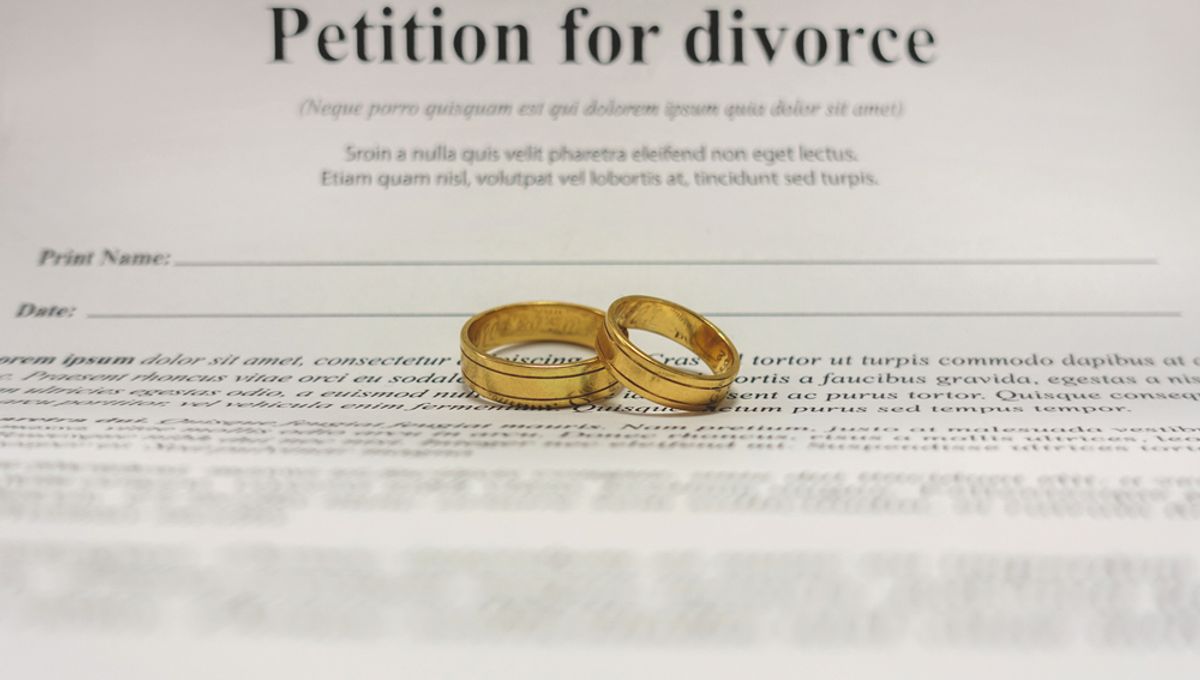
No one likes entertaining the idea of a divorce, so what’s the main driver of it? Researchers at Oxford University have dug into the numbers and stats filed by England and Wales since 1971, and they’ve come to a conclusion that is fairly unsurprising: most couples go their separate legal ways due to “unreasonable behavior”.
What constitutes unreasonable behavior, I hear you ask? Well, it’s pretty varied, but includes: verbal abuse, lack of emotional support, drug/alcohol abuse, creating secretive financial debt, violence and/or physical abuse, and more, all of which anyone in their right minds would describe, in the most conservative of terms, as “unreasonable.”
The research, part of a larger issue of Family Law, found that in the last 30 years, half of divorces granted to wives were thanks to their husbands’ unreasonable behavior.
On the other hand, information given in support of divorce by husbands divorcing their wives involves unreasonable behavior and two years of separation, a step-change from “wives’ adultery” before this time period. The research found that, overall, wives used unreasonable behavior relatively more than husbands.
Between 1971 and 1991, the use of a specific legal reason for divorce declined in use: “no-fault”, in which neither spouse is required to prove fault or marital misconduct on the part of the other. It has, however, risen in usage since 1991, with levels now more or less matching those recorded in 1973. By using this, there is no derogatory testimony, and property isn’t given disproportionately to the spouse that’s legally viewed as the relatively innocent party.
This data came about thanks to the England and Wales Divorce Reform Act of 1969, which made the irrevocable breakdown of a marriage the sole legal ground for divorce. In order to obtain a divorce, legal evidence was required to indicate that the breakdown was indeed irreversible, even if that evidence wasn’t the trigger for the breakdown in the first place.
At the same time, two years of separation agreed between the two parties, or five years of separation not agreed by the two parties, could also be provided as legal evidence in favor of a divorce.
John Haskey, an associate fellow of demography at the University of Oxford who led the data analysis, found some other interesting factoids. Divorces granted to wives citing adultery peaked in 1987 at 25 percent. That same year, husbands granted divorces used the adultery clause 45 percent of the time. In 2016, both sit at around 11 percent.
Excluding most of those awful “unreasonable behaviors”, there is perhaps a way to reduce the likelihood of the collapse of a relationship. As suggested by the University of Exeter, you should ask yourself these 10 questions at points throughout your relationship to make sure you’re both on the same level.
This article was originally published in July 2018.
Source Link: According To A Survey, This Is The Main Reason That Couples File For Divorce